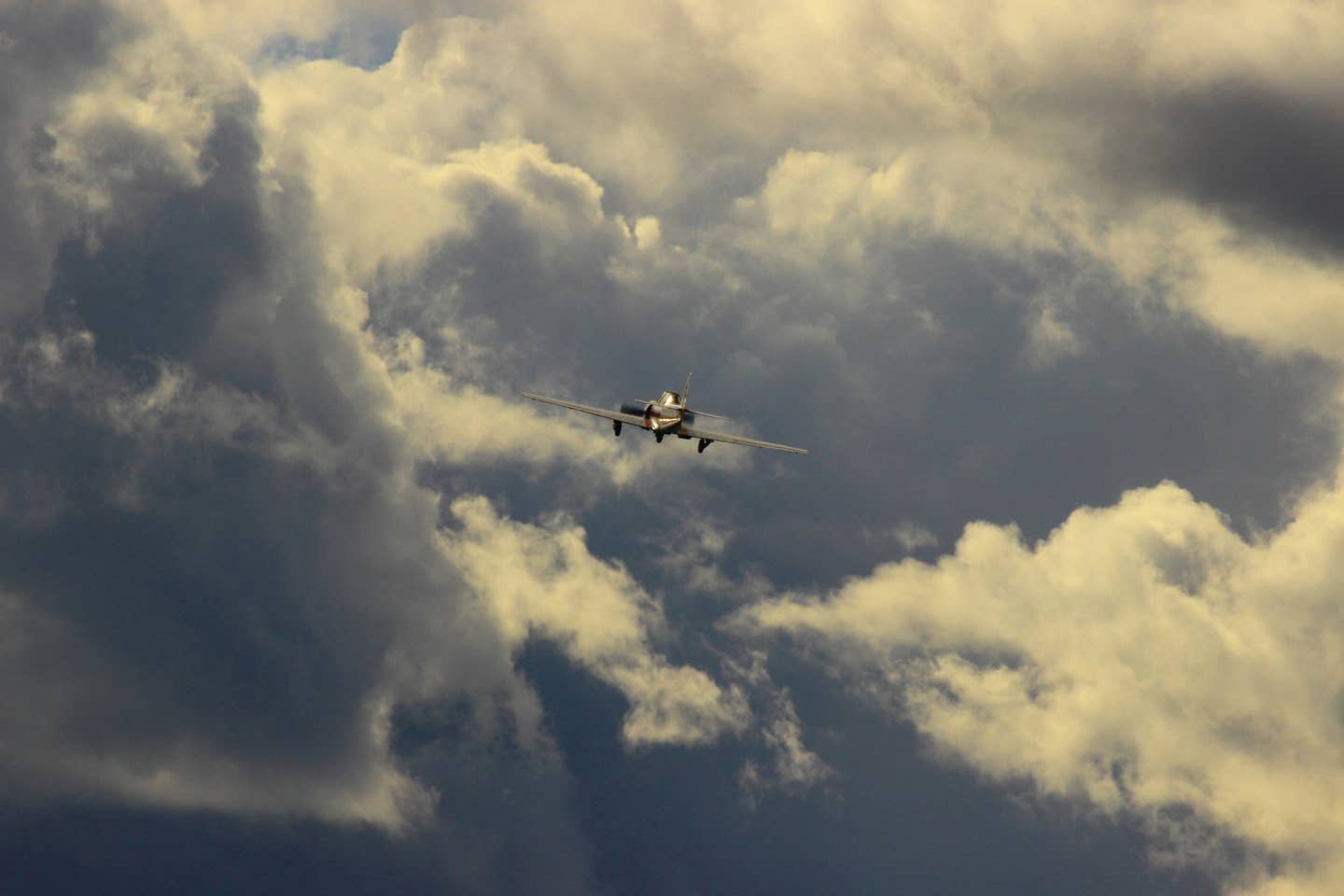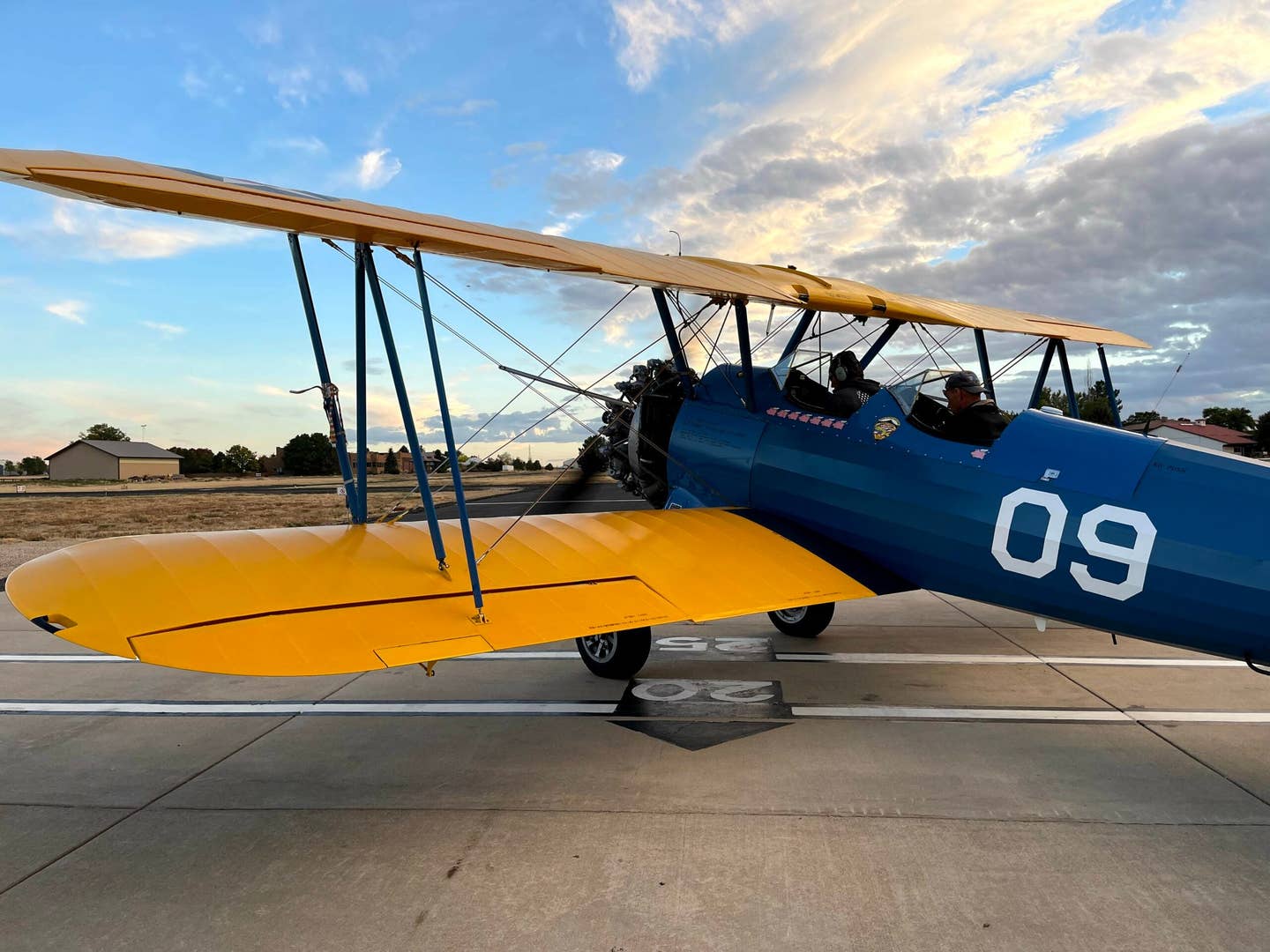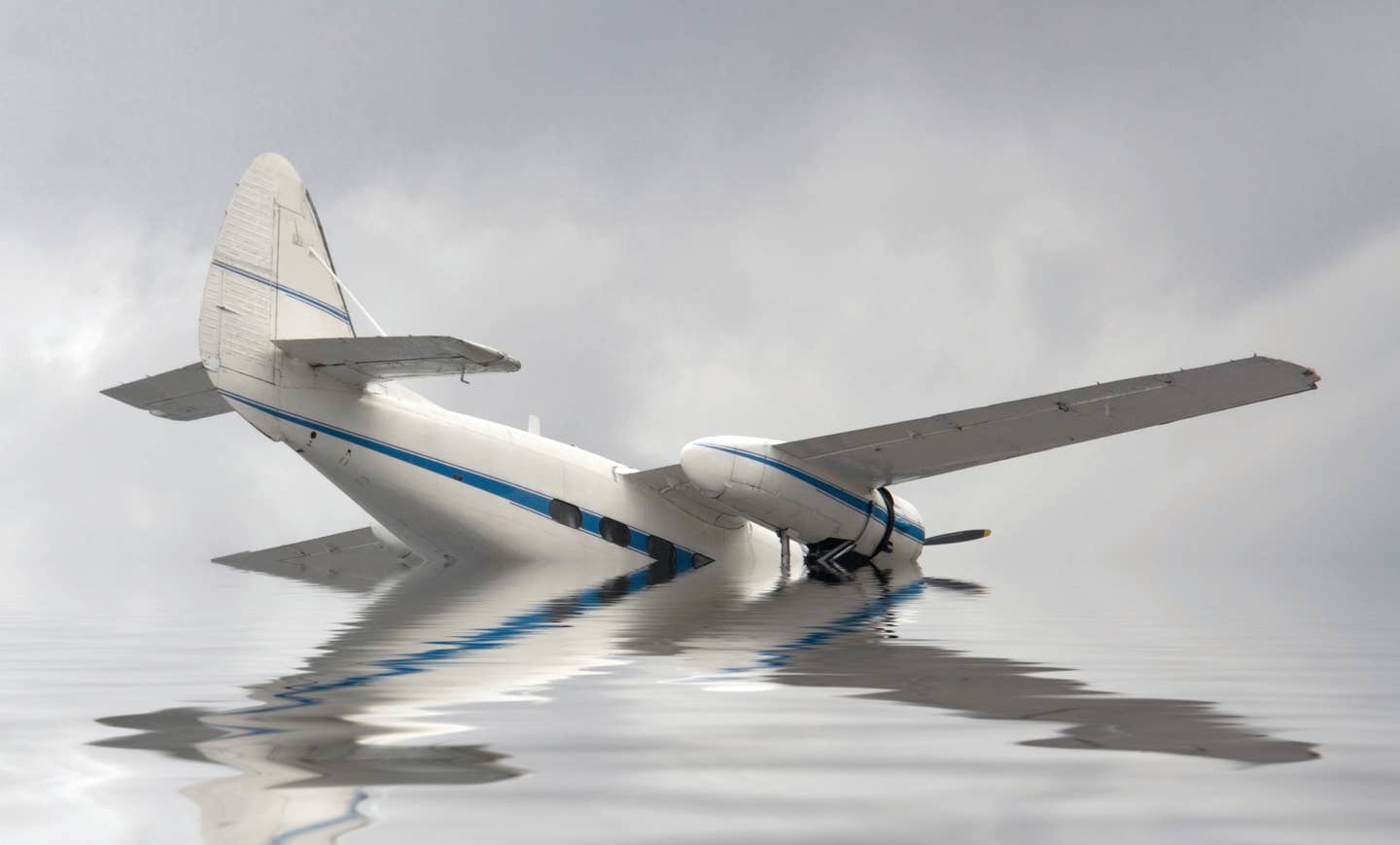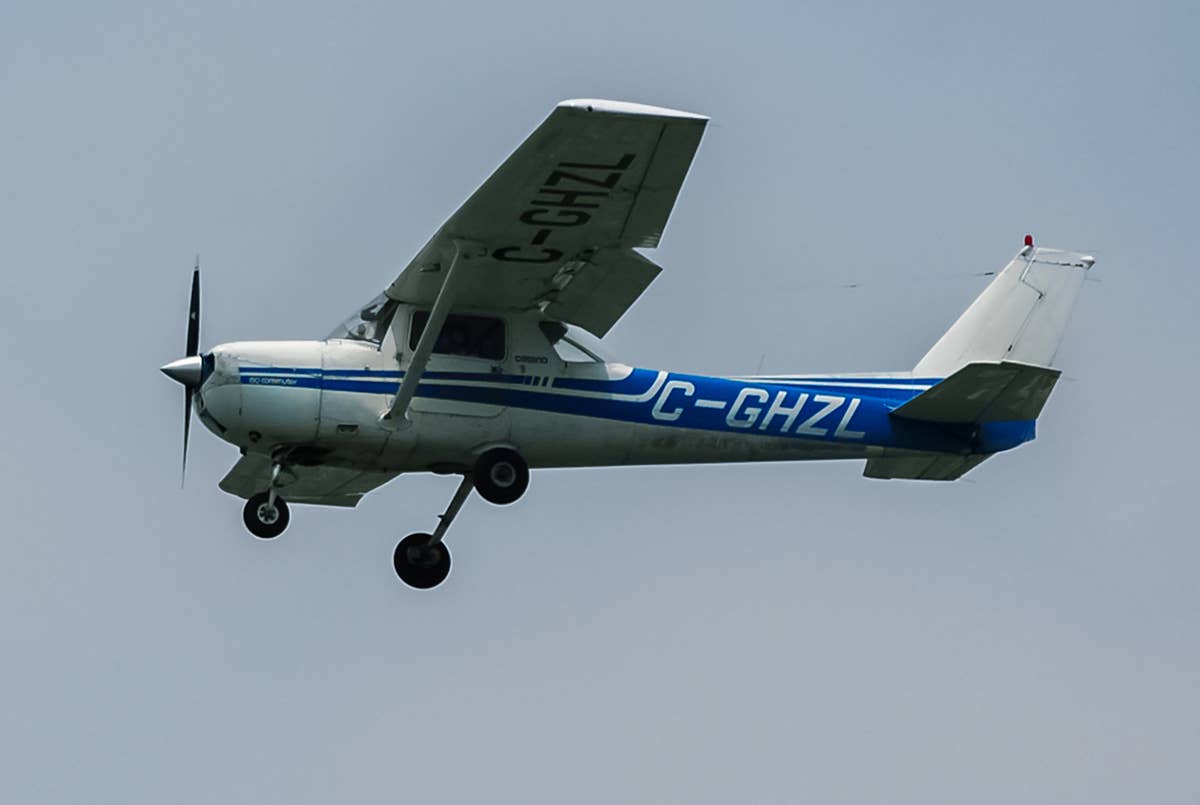Who Checks the Localizer/ILS at an Airport?
While pilots don’t have the capability to check a localizer like you do a VOR in an aircraft, there is a strategy to see if the unit is in service.

Pilots can check the Notices to Air Missions (NOTAMs) to see if the localizer unit is in service. [Credit: Adobe Stock]
Question: I just started my instrument training. I know the pilot is supposed to check the VOR every 30 days if they want to use it for IFR flight, but how often is the localizer and ILS checked for normal operation? Does the pilot have to check that too?
Answer: The pilot doesn't have the capability to "check" the localizer like you do a VOR in an aircraft, but you can check the Notices to Air Missions (NOTAMs) to see if the unit is in service. You also should identify it before use to be certain you are tuned in to the correct frequency. As far as who checks them for correct operation, that falls on the FAA.
According to an FAA spokesperson, "ILS certifications are event based; for example, upon first use with live air traffic or after an accident/incident." Additionally, the FAA performs ILS flight inspections upon commission, periodically, and under special circumstances, such as after a runway has undergone repairs or modification.
You can find the details in FAA Order 6000.15 Note in Chapter 4 it states "maintenance personnel must provide notification in advance to control centers when planning and scheduling facility shutdowns. This allows sufficient time to coordinate maintenance activities across the NAS and minimize their impact to NAS users." The shutdowns should be posted in a NOTAM, so make sure you check when planning a flight.
Chapter 4 of FAA order 6000.15 also states that if a pilot reports a malfunction of navigational aid facility and it is confirmed by a second pilot, and there is no standby equipment, air traffic control operations or maintenance personnel must immediately request a NOTAM removing the potentially suspect navigational aid from operation until a flight inspection can validate proper operation and the ground equipment can be inspected and the fault corrected if one exists. Operations personnel can then request a restoration flight inspection to restore the unit to service.

Subscribe to Our Newsletter
Get the latest FLYING stories delivered directly to your inbox






